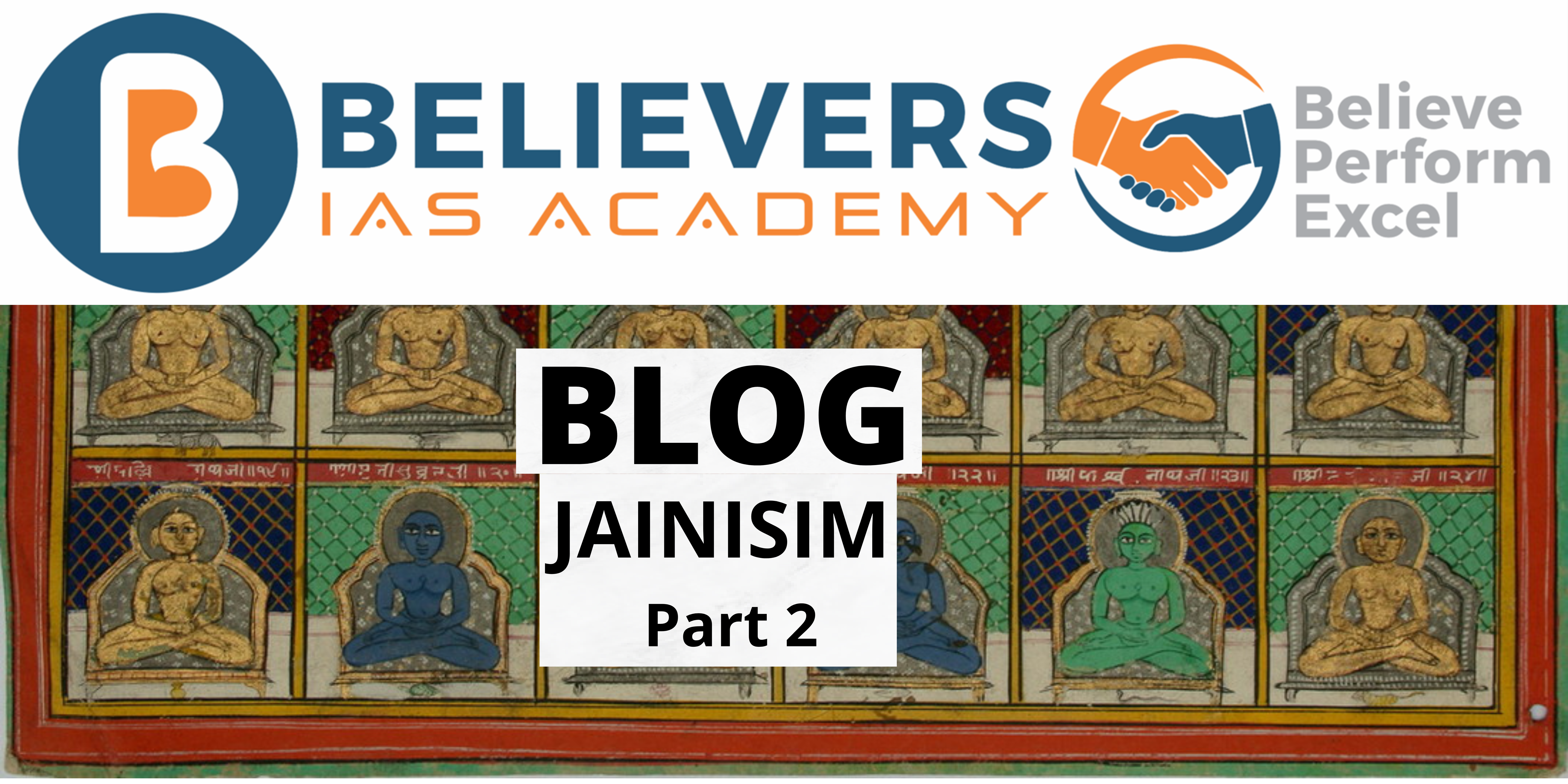7 Wonders of the World
- The New 7 Wonders of the World was a campaign started in 2000 by the New 7 Wonders Foundation (N7W) based in Zurich, Switzerland
- Its aim was to choose New Wonders of the World from a selection of 200 existing monuments.
- The seven winners were chosen from a list of 21 candidates, which itself was chosen from a list of 77 choices by a panel in 2006.
- The winners were announced on 7 July 2007 in Lisbon, at Estádio da Luz.
The winners
Chichén Itzá
- Chichen Itza is a historic Mayan city built between the 9th and 12th centuries in the Mexican state of Yucatán.
- The city includes a series of monuments and temples constructed by the pre-Columbian Mayan tribe Itzá.
- The most notable among which is the stepped pyramid El Castillo (“The Castle”), which rises 79 feet (24 meters) above the Main Plaza.
Colosseum
- It was constructed from 72 CE to 80 CE during the first century of the Roman Empire by the Flavian emperors.
- According to the Guinness Book of World Records it is the largest amphitheatre in the world.
- The colossal structure, arranged in a circular ring around the central stage, could hold 80,000 spectators.
- It was used to conduct gladiatorial games, classical plays, animal hunts and even executions.
Cristo Redentor or Christ the Redeemer Statue
- Christ the Redeemer statue stands over the city of Rio de Janeiro on the top of Mount Corcovado in Brazil.
- The 30 meters tall statue was designed by the Polish-French sculptor Paul Landowski in the 1920s and completed by Brazilian engineer Heitor da Silva Costa, and French engineer Albert Caquot in 1931.
- It is the largest Art Deco sculpture in the world and is an iconic emblem of Brazil.
Great Wall of China
- The Great Wall of China is a huge barrier that spans 8,850 kilometres (5,499 miles) along China’s historic northern border.
- The wall began its life as a series of smaller walls dating back to the 7th century BCE and reached today’s shape over two millennia.
- The unification of all China’s walls into one almighty barrier was done by China’s first Emperor Qin Shi Huang.
Machu Picchu
- Machu Picchu is a 15th-century Inca Citadel that stands 2,430 metres above sea level nestled between the slopes of the Andes.
- The city was built around 1450 CE and it got designated as a UNESCO World Heritage Site in 1983.
- Machu Picchu complex is made up of more than 150 buildings ranging from baths and houses to temples and sanctuaries.
- Yale Professor Hiram Bingham re-discovered the site in 1911 and made it famous through his book, The Lost City of the Incas.
Petra
- Petra is an ancient city in southern Jordan and is also known as the ‘rose city’ due to its golden hue.
- The ancient city was founded by the Arab Nabataeans in 312 BCE.
- At its height, Petra reportedly had a population of 30,000 however, after a major earthquake in 363 CE, and another tremor in 551, Petra was gradually abandoned.
- The city was re-discovered in 1812 by Swiss explorer Johann Ludwig Burckhardt.
Taj Mahal
- Taj Mahal is the stunning white marble mausoleum on the bank of the river Yamuna in the city of Agra.
- It was built by Mughal emperor, Shah Jahan as a tomb for his beloved wife Mumtaz Mahal.
- Its construction began in 1632 and took over 22 years to complete by 20,000 workers at a cost of 32 million rupees.
- The mausoleum is made of white marble and features semiprecious stones in geometric and floral patterns (arabesque).



